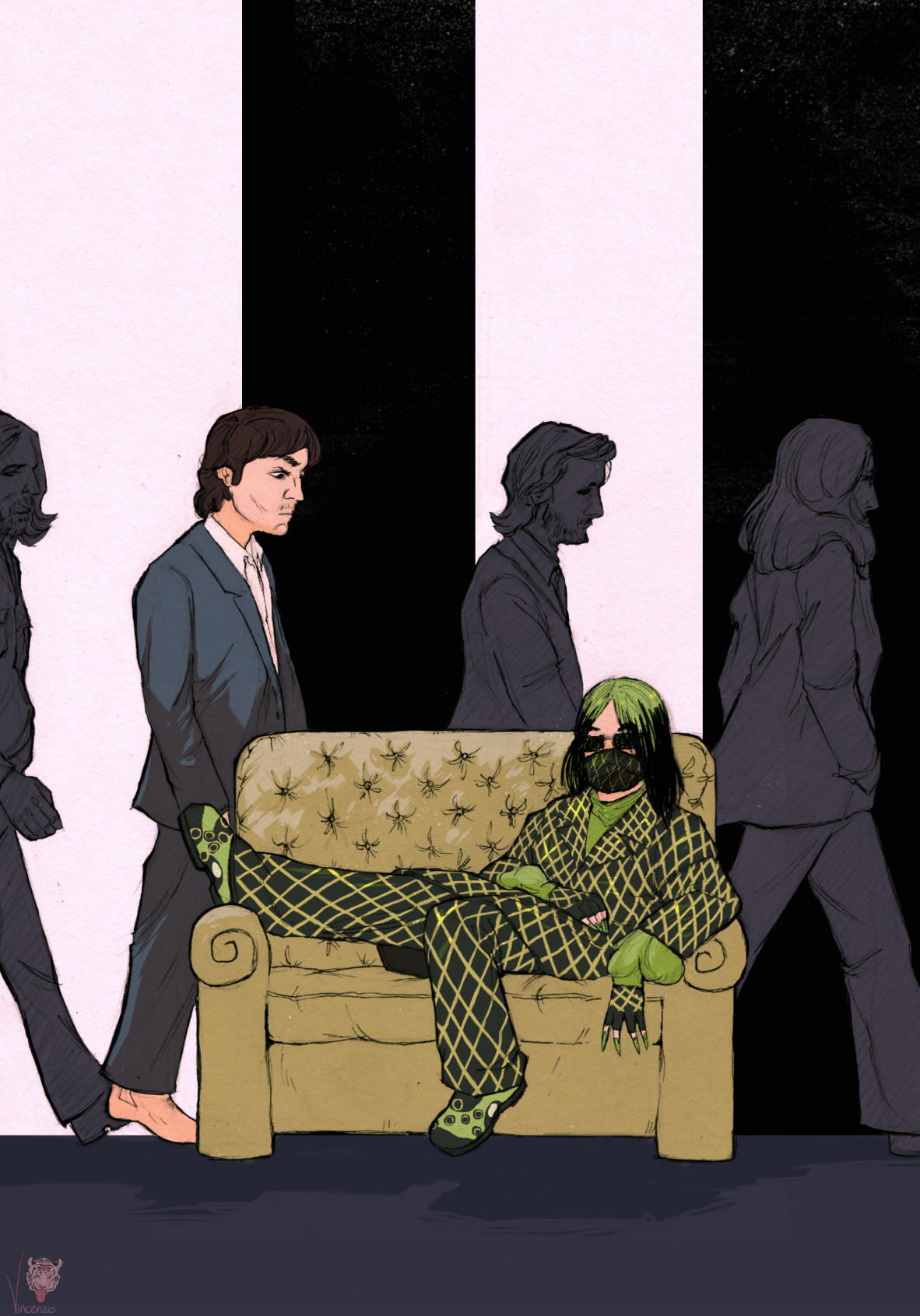Experts Confirm Penny Lane Is Not A Racist Street Name
Words by Riley Fitzgerald
Graphic by Radmum67
Defacement of street signs surrounding Penny Lane sparked controversy earlier this month.
Graffiti covering the sings declared the street name racist due to a rumored connection with 1700s slave merchant James Penny.
This remained a contentious point.
Until now.
Liverpool historian and tour guide Richard MacDonald has done some digging.
And, after much work, he and his colleagues believe they have found the truth in the matter.
Speaking with Rolling Stone MacDonald shared there was little to suggest a connection with James Penny.
“[Me and a group of historians] have been working on this since about 2010 together,” MacDonald informs Rolling Stone. “It’s been an academic debate, really.”
MacDonald’s assertion is that the country road which would become Penny Lane was unmanned during the 1700s.
The earliest mention of a street name came in 1840, 41 years after James Penny’s death in 1799.
In 1840 it was known not as Penny Lane but “Pennies Lane”.
Penny did in fact have a street named after him.
This, however, was Arrad Street in Penny’s birthplace Ulverston some 150 kilometers away.
“Penny Lane about that time would have been a fairly rural country lane,” MacDonald reveals of the street the Beatles made famous with their 1967 hit single of the same name. “So that struck me. It would be very off that a lane in the middle of the country would be named after somebody in the same way that prestigious streets in the town center would.”
MacDonald adds that the belief Penny Lane was named after a slave trader is not entirely unfounded.
Liverpool was once a global hub for the slave trade.
Stolen from Africa and forced to live in horrific conditions, thousands of slaves past through Liverpool on their way to the Americas.
Several of the city’s streets are in fact named after slavers.
Furthermore, Liverpool’s The International Slavery Museum did, until recently, exhibited Penny Lane as part of a list of slavery associated street names.
Penny Lane’s inclusion has, after some consideration, now been retracted.
“After speaking with Liverpool slavery historian Laurence Westgaph, Tony Tibbles, our Emeritus Keeper of Slavery History (also former Director of Merseyside Maritime Museum) and historian and blogger Glen Huntley,” Executive Director Janet Dugdale shared on June 19th, “we have concluded that the comprehensive research available to us now demonstrates that there is no historical evidence linking Penny Lane to James Penny. We are therefore extending our original review and setting up a participative project to renew our interactive display.”
With the statement no doubt arriving as a relief to local tourism workers, residents, and Beatles fans alike, work has now begun on restoring the street signs.
Further efforts are also being taken by the Liverpool Council to discuss the city’s past associations with slavery and find a positive way forward.
“We will continue to focus on the narrative of Liverpool’s role in transatlantic slavery and its legacies,” Dugdale shares on behalf of The International Slavery Museum, “Liverpool is a city whose wealth and success is rooted at the very center of the transatlantic slave trade. We cannot hide from this fact, nor should we. It is only right that we, through our work at National Museums Liverpool, should be taking this responsibility on in the present and well into the future.”
“We welcome discussion and debate even when the conversation is uncomfortable,” she continues, “Engaging with public history gives us a strong sense of purpose. Being a safe place to reflect, review, and respond is an important role for museums in society. We remember. We act.”










